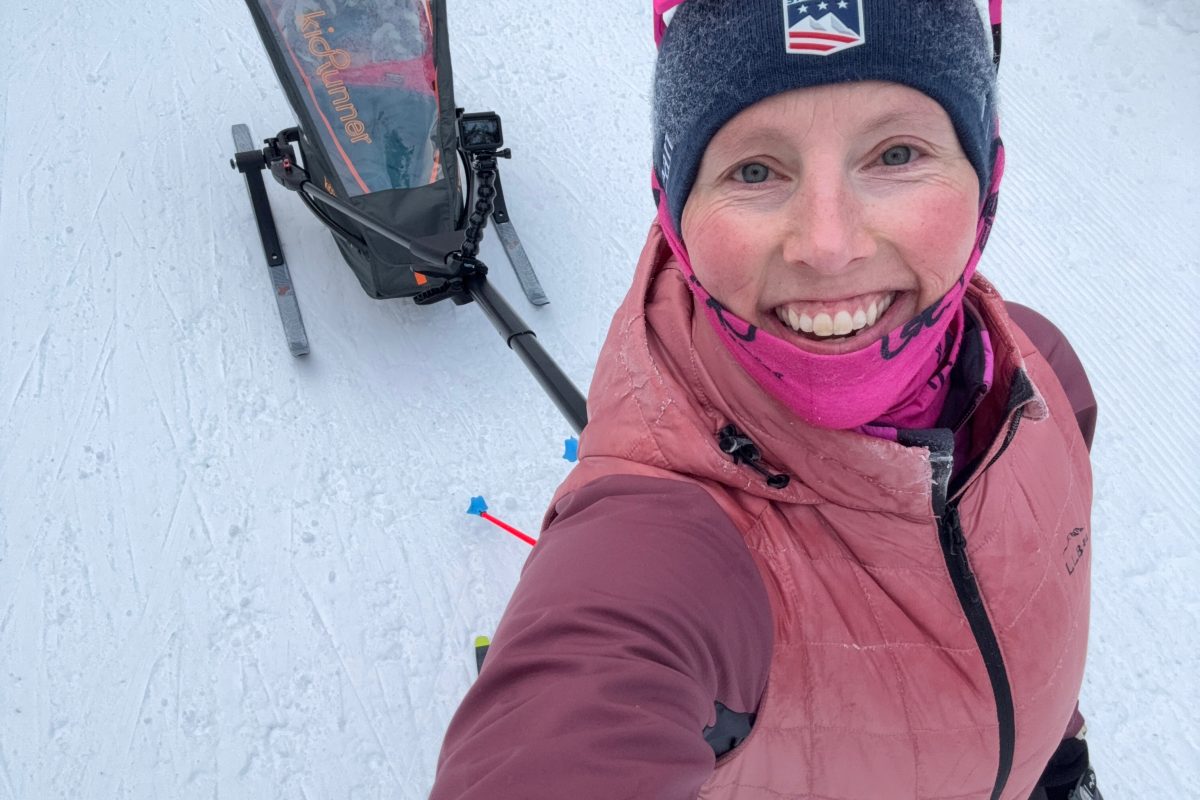Norwegian Junior National Champion and Birkie sensation Simen Ostensen has started his training for the upcoming season and SkiSport magazine reported from his first rollerski workout of the year. He had teamed up with World Cup and Vasaloppet winner Anders Aukland and his brother, long distance specialist Jorgen (2003 Overall long distance cup winner and first in the 2004 Chinese Marathon and 3rd in Vasaloppet). The workout was done in pouring rain in early May, right outside Oslo and double poling was on the agenda.
Simen Ostensen is 19 years old. His three best results this season were:
16th overall in the Norwegian Bikie, only 1.46 minute behind the winner.
1st in the Norwegian 7.5 k classic at Junior Nationals and 1st in Norway Cup 15 k classic. His worst result was 42 at Junior Worlds, 15 kilometer freestyle. Simon did not make the Norwegian development team for the upcoming season.
Here are some highlights from advice and comments Simen received from the famous brothers:
Simen is first year’s senior this season and is aware of how tough and frustrating it (often) can be to go from good results in junior races to “60th” places among the seniors.
– Use your head when you are training and be on the offensive from race number one is Anders Aukland’s first advice.
Three hour long rollerski workouts are common for the Aukland brothers. This is how they are building the base for the upcoming season.
– You have to train at what you want to become good at. Double pole strength is critical in the Long Distance Cup and I’m doing a lot of that in the upcoming months, says Jorgen.
– My goal this year is to improve my engine and upper body strength. My current MaxVo2 is 77ml/kg/minute and it need to be further developed, says Simen.
– Anders and Jorgen are training 900 hours per year and I’m at 650. I can still increase a lot, he adds.
1000 kilometer on his road bike already in April proves that Simen is serious. He is planning on doing his fourth “Big Strength Test”, the 540 kilometer long bike race from Trondheim to Oslo this summer. His PR is 16 hours and 40 minutes. He will be riding with a group of 15 friends.
Train with good skiers
Simen is very interested when Jorgen and Anders is explaining why double pole strength has become so important in international racing and how he should be thinking during his summer and fall training.
Anders explains that he was very inspired by his own 15th place at the Norwegian championship as first year senior in 1992. He placed 5th and 6th the following year and attributes his good results to among others having trained with (other) good skiers and always being on the offensive.
– I’m not sure if Simen needs a lot of advice, we know he is a good skier. He must have done a lot of right things in his training. Be on the offensive, dare to try something new every year, don’t increase the training too much from year to year, trust yourself and develop a feel for how much training you can handle. Take a day off when needed or even before that, says Anders.
Anders and Jorgen have been a big part of the development of the double poling we are seeing used by today’s best skiers. They have both contributed to increase the international level.
-Double poling has changed and developed a lot the last five years in both the sprint, normal distances and long distance skiing. We are seeing higher tempo and speed in easy terrain. The skiers are now better at this, says Anders and adds:
– It has been easier to gain seconds in easy terrain than in the uphills. The competitions are different. Mass starts require better double pole strength.
– I improved a lot when I started to double pole more with Jorgen three years ago. I became a better skier, but it’s still in the uphills where the “middle distance” races are decided. You can loose the most there. You have to train to become a complete racer, says Anders.
– The double poling is different in regular races compared to long distance races. Those courses are so demanding that your engine has to be developed to maximal level. Good double poling alone is not enough. High MaxVo2 is also a must, says Jorgen.
Note: One of the articles in the premiere issue of Fasterskier.com’s new Subscription Service “The Club” was a detailed summary (including photos) of a double pole study done by Fredrik Aukland. For more information see article published on FasterSkier on May 24.



